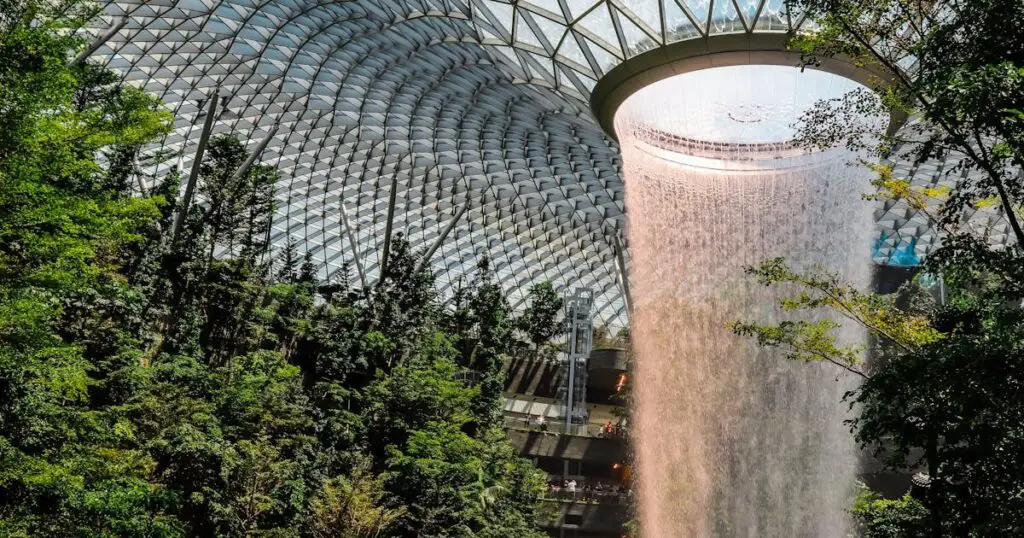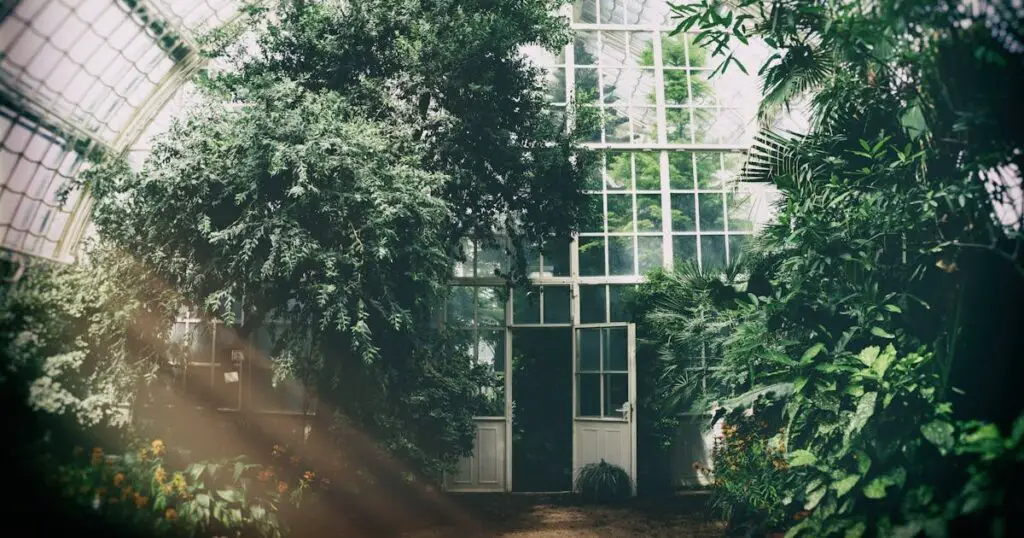Key Takeaway: Urban gardening involves growing, processing, and distributing food in urban areas. It includes rooftop gardens, community plots, and vertical farming, aiming to make cities greener, and more self-sufficient, and to strengthen community bonds.

Urban gardening, also known as urban agriculture or urban farming, is the practice of growing and cultivating plants in a city or urban environment. This can include growing fruits, vegetables, herbs, and flowers in small spaces such as rooftops, balconies, community gardens, and even window sills.
It has gained popularity in recent years due to its numerous benefits for individuals and communities living in urban areas.
Who is Alessandro Vitale?
Alessandro Vitale is an Italian architect and designer who specializes in sustainable architecture and urban greening projects. He is widely known for his innovative approach to incorporating greenery into urban landscapes through vertical gardens, green roofs, and other creative solutions.
With over 20 years of experience in the field, Vitale has become a pioneer in urban gardening and continues to inspire others with his passion for sustainable living.
5 Successful Urban Gardening Initiatives:
- The High Line – Located in New York City, this elevated park was once an abandoned railway track that has been transformed into a thriving green space. The High Line features various gardens, and public art installations, and offers stunning views of the cityscape.
- Guerilla Gardening – This global movement involves planting seeds or plants on unused or neglected land without permission from the landowner. It aims to reclaim and beautify neglected spaces while promoting community involvement and sustainability.
- City Farmer – Founded in 1978 in Vancouver, Canada, City Farmer is one of the oldest urban agriculture projects in North America. It provides resources and education on urban gardening, composting, and sustainable food production.
- Urban Farming Organization – This non-profit organization works towards creating sustainable food systems in cities across the United States. They help communities start their own urban farms and provide training on farming techniques and business skills.
- The Garden Bridge – Designed by Vitale himself, this proposed project in London aimed to transform an old bridge into a public park filled with greenery and wildlife. Although it was not built due to controversy, it sparked conversations about incorporating nature into city infrastructure.
Urban Gardening Tips
- Start small: If you’re new to urban gardening, it’s best to start with a few plants and gradually expand your garden as you gain experience.
- Choose the right plants: Consider the amount of sunlight, space, and resources you have before selecting which plants to grow. Some low-maintenance options for urban gardens include herbs, leafy greens, and succulents.
- Get creative with containers: Use repurposed items like mason jars, old tires, or plastic bottles to plant your seeds. This not only adds character to your garden but also reduces waste.
- Invest in good soil: Since urban environments may have contaminated soil due to pollution, it’s important to invest in quality potting soil for your plants to thrive.
- Utilize vertical space: Make use of walls or fences to create vertical gardens. This is a great way to maximize limited space and add more greenery to your urban garden.

Impact of Urban Gardening
Urban gardening has numerous benefits for both individuals and communities living in cities:
- Improves air quality: Plants naturally filter pollutants from the air, making it cleaner and healthier for city dwellers.
- Promotes mental health: Gardening has been proven to reduce stress, anxiety, and depression, promoting overall mental well-being.
- Encourages sustainable living: Growing your own food reduces the carbon footprint associated with the transportation and packaging of store-bought produce.
- Fosters community involvement: Urban gardening initiatives often involve community participation and can bring people together to share knowledge, resources, and food.
Frequently Asked Questions
Can I start an urban garden if I live in an apartment?
Yes, you can! Urban gardening has no limitations on living spaces. With some creativity and planning, you can grow plants even in a small apartment.
How much time does it take to maintain an urban garden?
The amount of time required for maintenance depends on the size of your garden and the types of plants you have. However, with proper planning and low-maintenance plant choices, you can easily manage your urban garden within a few hours per week.
Is urban gardening expensive?
It doesn’t have to be. You can use recycled materials for containers and start with a few budget-friendly plants. Plus, growing your own food can save you money in the long run.
Conclusion: What is Urban Gardening?
Urban gardening offers a wonderful opportunity to reconnect with nature, even in the heart of bustling cities. Whether you’re growing herbs on your windowsill or cultivating a lush community garden, the rewards of urban gardening are immense.
Not only does it provide fresh, homegrown produce, but it also fosters a sense of community and promotes a healthier, more sustainable way of living.
By starting your own urban garden, you’ll join a growing movement of individuals and communities dedicated to creating greener, more liveable cities for everyone. So, roll up your sleeves, get your hands dirty, and start your urban gardening journey today. Together, we can make our cities bloom.



Leave a Comment
You must be logged in to post a comment.